Vietnam milk prices stay stubbornly high, priciest in ASEAN, despite world trend
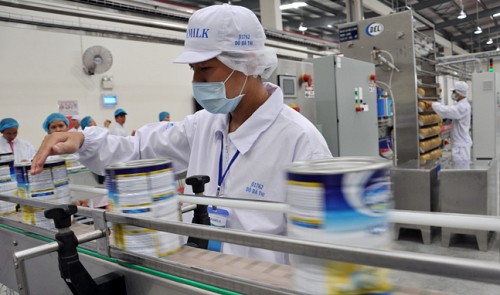
Dinh Tien Dung, Minister of Finance, on Tuesday last week told a meeting in Hanoi that milk prices in Vietnam are on average 14-60 percent higher than the rates in other ASEAN countries.
ASEAN members include Indonesia, Malaysia, the Philippines, Singapore, Thailand, Brunei, Myanmar, Cambodia, Laos, and Vietnam.
The statement was given at the meeting when the minister mentioned petitions showing the concerns of foreign investors and business associations over Vietnam’s milk price management mechanism.
According to Minister Dung, though Vietnam is controlling the price of milk for children under six years old, the country has been committed to letting the rate fluctuate according to the market mechanism and respecting the right of producers to set prices.
In Vietnam, the government decided to apply policy tools to stabilize prices by setting a ceiling price for milk for children under six years old, starting on June 1, 2014 and ending next year.
So far, 686 dairy products for children under six have been registered with the Ministry of Finance in terms of the maximum price, with a maximal reduction of 34 percent compared to the rates before the program was implemented, partially due to the advertising costs for the average milk price reductions of 18 percent.
However, Dung also stressed that although the local dairy market is open due to integration, the actual retail prices of milk for children under six years old are too high.
The average price of formula milk products for children under six years old in Vietnam is around US$16 per kilogram, considerably higher than the prices in other areas of Southeast Asia.
Specifically, the average price in Thailand is $14 per kilogram, the Philippines $12.9 per kilogram, Malaysia $10.9 per kilogram, and Indonesia $9.5 per kilogram.
According to figures from the ministry, on average, the price of one kilogram of this milk in Vietnam is 14 percent higher than in Thailand, 24 percent higher than in the Philippines, 46 percent higher than in Malaysia, and over 60 percent higher than in Indonesia.
"As the market is open, milk traders should explain this. There should be no such gap given the fact that the average income of Vietnamese people is not high compared to others in the region," Minister Dung said.
What the management agency in Vietnam wants is the harmonization between the interests of enterprises and those of consumers.
Vietnam has over 10 million children under the age of six, and this group is very sensitive, the minister said. Therefore, he asked foreign businesses and associations to find appropriate solutions for ensuring the interests of these consumers.
Bucking the trend
The prices of milk and dairy ingredients around the world are now 40 percent lower than the record rate set in February 2014, but those in the Vietnamese market have remained unchanged since then.
In April, the European Union removed milk production quotas which existed for more than 30 years, leading to the worldwide drop in milk prices, a trend which is expected to continue until the end of this year.
In 1984, quotas were applied to limit the over-abundant supply in Europe, and milk farms that produced over their quotas were fined.
Meanwhile, the Food and Agriculture Organization of the United Nations has predicted that prices of some raw materials such as skim milk, milk powder, full cream milk powder, and whey powder will decrease 5.8 percent on average in 2015.
However, in Vietnam, milk prices do not operate according to the formula that the retail will be calculated based on the cost of production, distribution and other expenses.
The milk prices are set according to groups, as milk traders measure consumer awareness of certain brands to determine their selling price.
The general trend is that the pricier the milk brand, the easier it is to market and sell it, The Gioi Tiep Thi (Marketing World) reported.
Major Vietnamese firm leverages market conditions to expand
As the local milk market still has more room to grow, Vietnam Dairy Products JSC (Vinamilk) pushed on to increase supply by signing a deal on Monday for cooperation with dairy farmers for breeding and raising dairy cows in the Central Highlands province of Lam Dong from now through 2020.
The deal will help Vinamilk, a leading firm, set up an area where the company will obtain fresh milk and build large farms and a new milk-processing factory to develop more products.
Lam Dong authorities have promised to create the best conditions for Vinamilk to build two to three milk cow husbandry farms with as many as 10,000 animals.
The company will set up a model cow farm for local farmers to learn from, as well as build a breeding center which will provide imported purebred Holstein Friesian cows for local farmers and households to increase productivity and quality, according to the Vietnam News Agency.
Vinamilk earned VND1.56 trillion ($716.7 million) in after-tax profit in the first quarter of 2015, up 12 percent compared to the same period last year
At the end of quarter 1/2015, Vinamilk had total assets of VND27 trillion ($1.24 billion) with the balance of cash and cash equivalents being VND1.28 trillion ($59 million).
What the stars mean:
★ Poor ★ ★ Promising ★★★ Good ★★★★ Very good ★★★★★ Exceptional
Latest News
More News
- Ho Chi Minh City Metro Line No. 1 officially opens (December 23, 2024 | 14:39)
- Vietnam SuperPort partners Vietnam Post in digital logistics to accelerate SME growth (December 18, 2024 | 09:53)
- More than $2 billion boost to growth as UK joins CPTPP (December 16, 2024 | 17:25)
- Enterprises awarded for pioneering innovation to attract talent (December 16, 2024 | 16:43)
- CIEM raises growth prospects for Vietnam (December 13, 2024 | 10:55)
- Decoding the variables shaping investments in 2025 (December 13, 2024 | 10:53)
- Vietnamese enterprises embrace value creation model (December 13, 2024 | 09:00)
- Happy Vietnam awards honour photo and video artists (December 13, 2024 | 08:54)
- Vietnam unveils 2024 rankings of top employers and value-driven enterprises (December 12, 2024 | 17:00)
- ‘Blockbuster’ Eaton Park sells out just one week after launch (December 12, 2024 | 08:00)



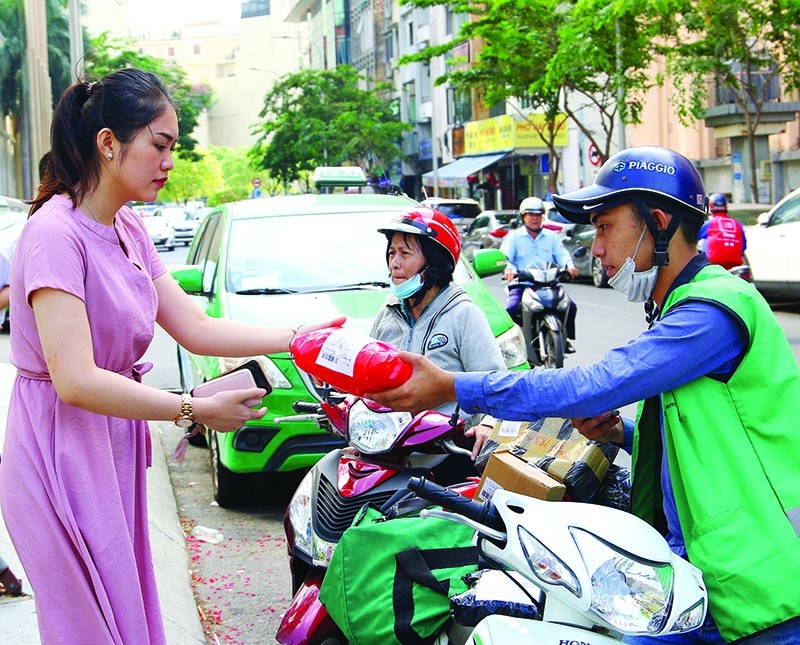
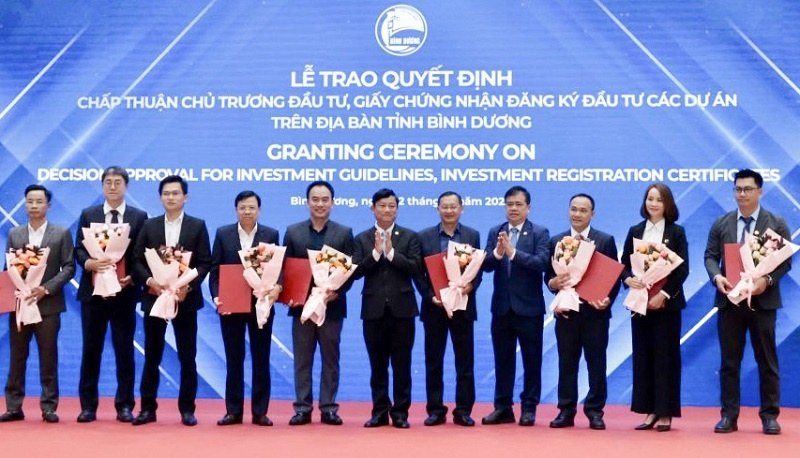

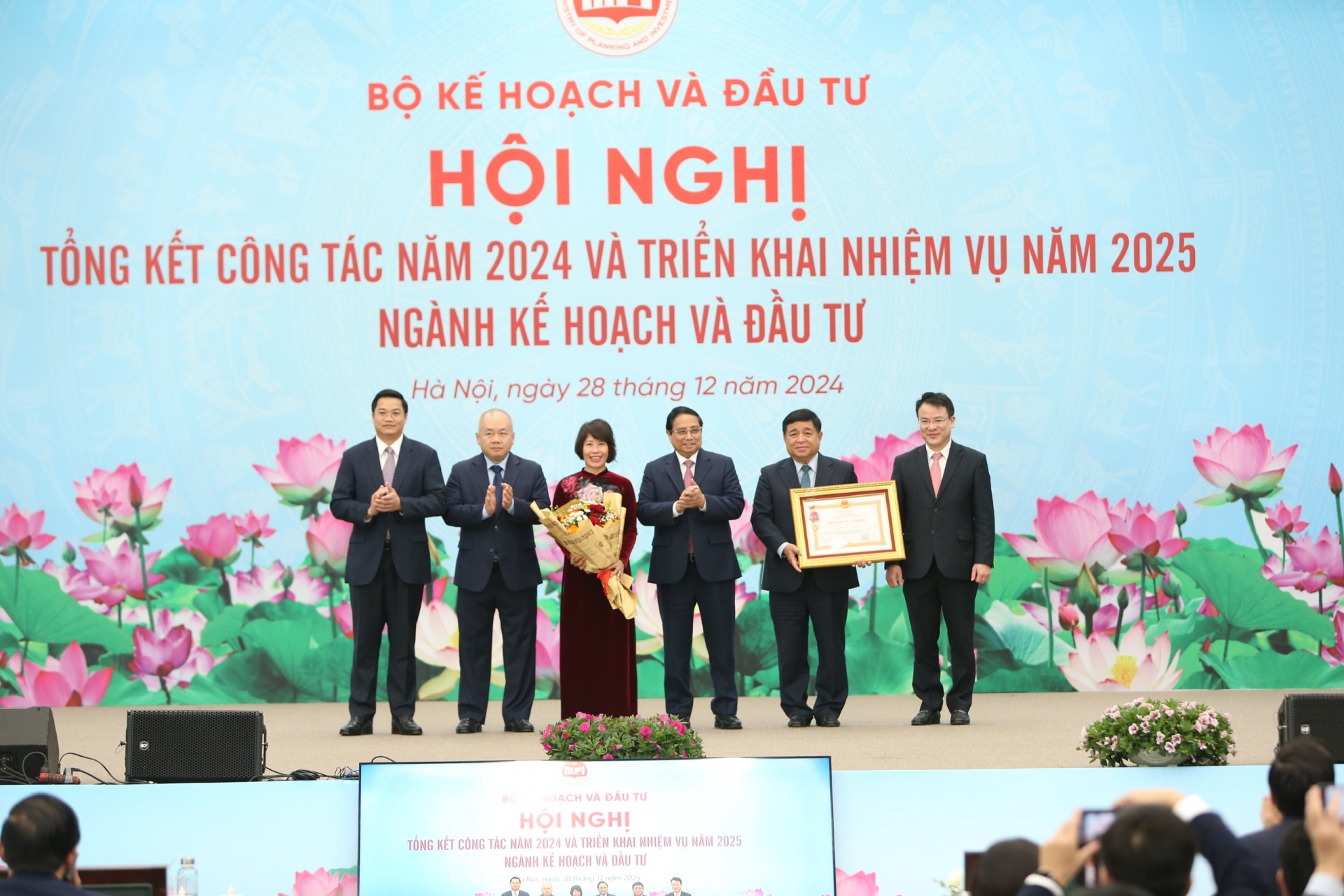

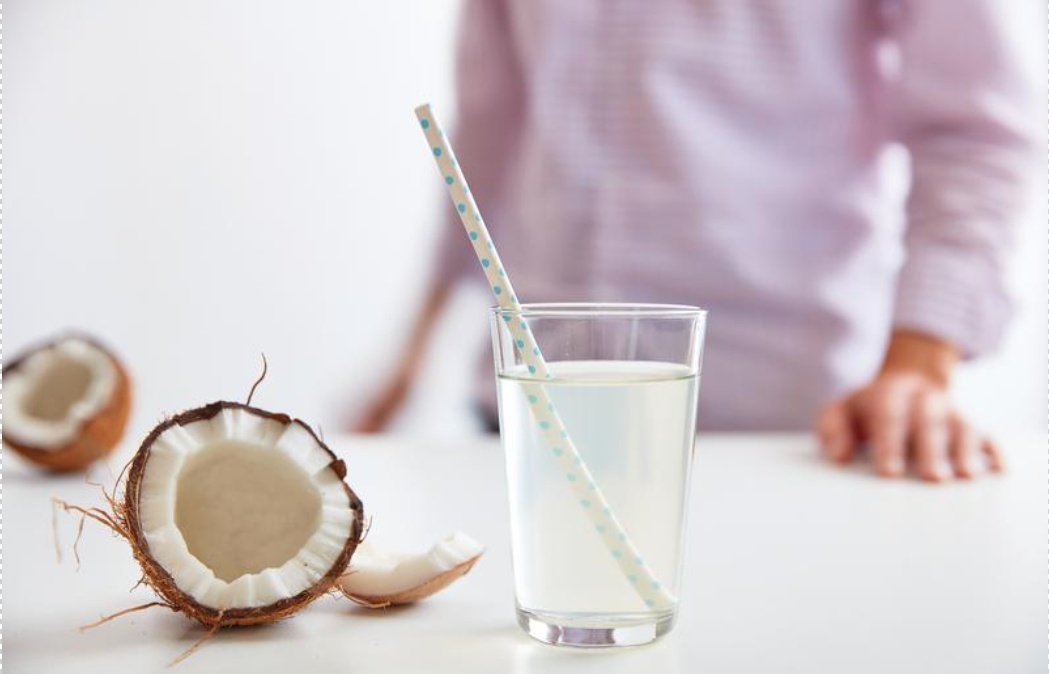


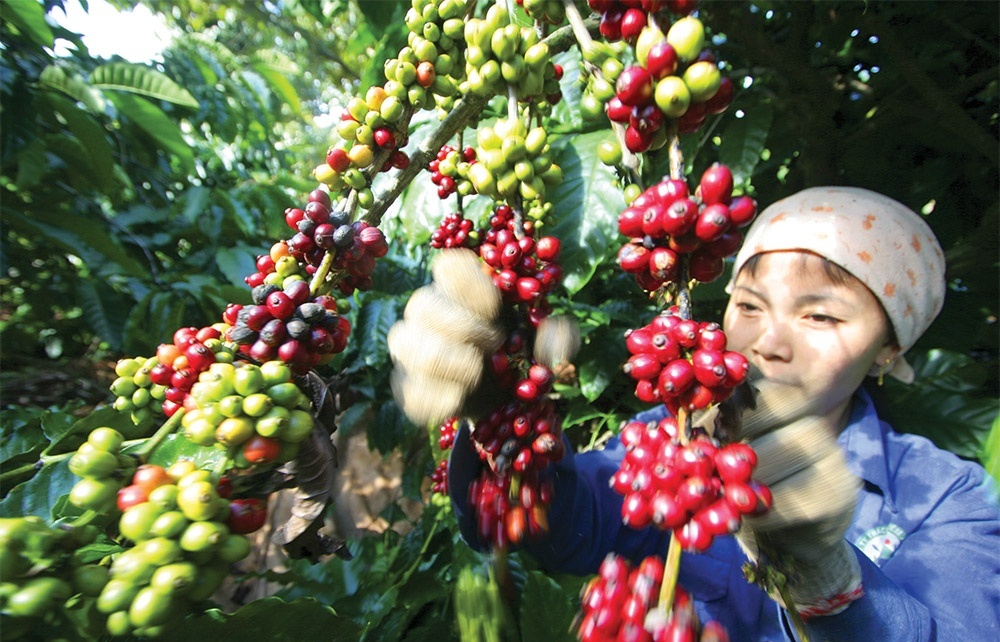





 Mobile Version
Mobile Version